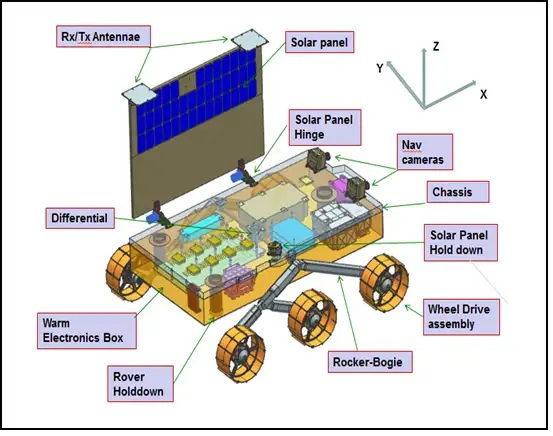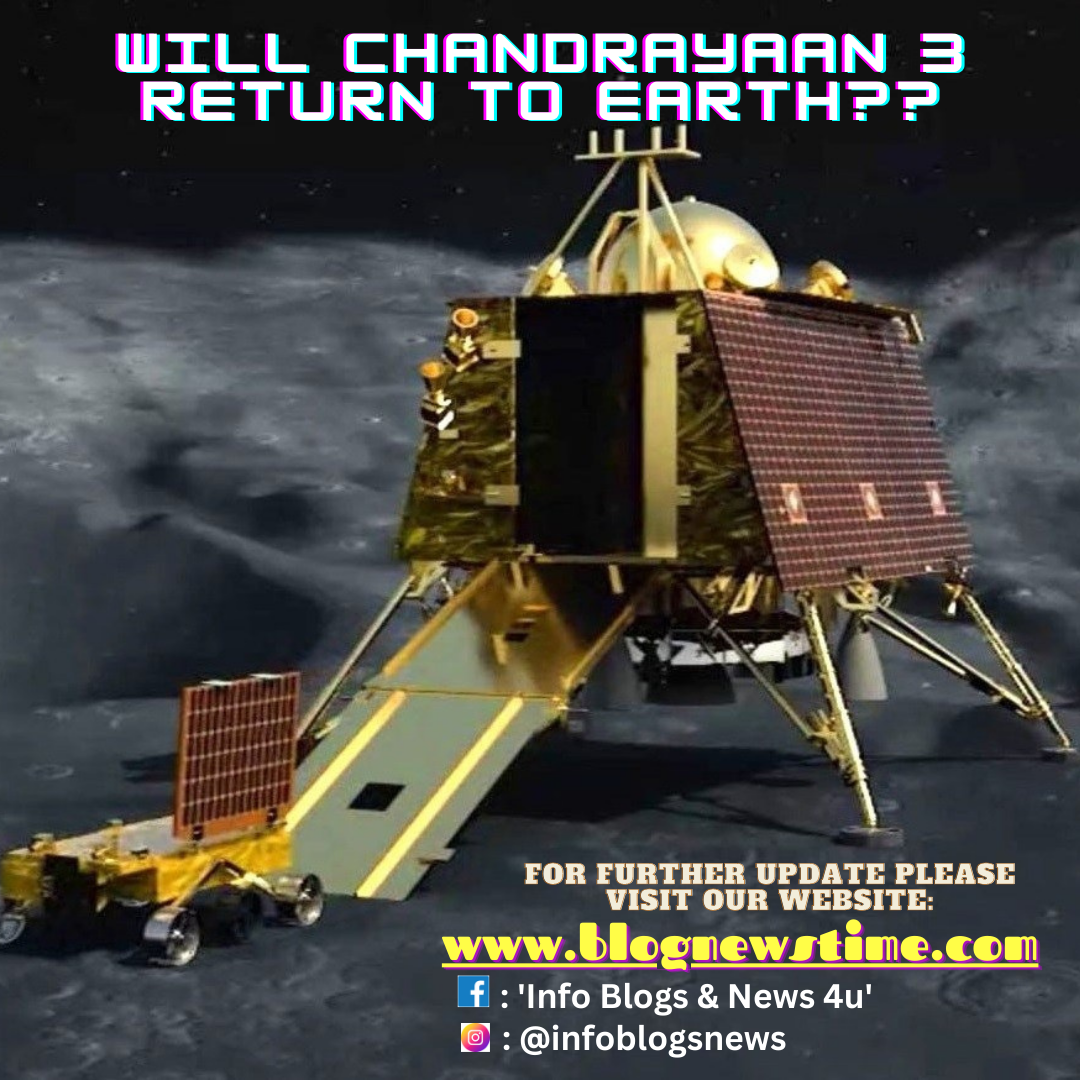Table of Contents
Successful soft landing
“India, I reached my destination and you too!” said Chandrayaan 3 after successful soft landing on Moon’s surface. We all are very lucky to witnessed this unforgettable event live on 23rd August. India became 4th country to soft land on moon’s surface and 1st to land on lunar south polar region.
Chandrayaan-3 Mission:
'India🇮🇳,
I reached my destination
and you too!'
: Chandrayaan-3Chandrayaan-3 has successfully
soft-landed on the moon 🌖!.Congratulations, India🇮🇳!#Chandrayaan_3#Ch3
— ISRO (@isro) August 23, 2023
ISRO has recently released video captured by Lander Imager Camera just prior to touchdown to moon.
Here is how the Lander Imager Camera captured the moon's image just prior to touchdown. pic.twitter.com/PseUAxAB6G
— ISRO (@isro) August 24, 2023
As per latest update from ISRO Rover has successfully ramped down from the lander.
Chandrayaan-3 Mission:
Chandrayaan-3 ROVER:
Made in India 🇮🇳
Made for the MOON🌖!The Ch-3 Rover ramped down from the Lander and
India took a walk on the moon !More updates soon.#Chandrayaan_3#Ch3
— ISRO (@isro) August 24, 2023
Chandrayaan-3 Mission:
All activities are on schedule.
All systems are normal.🔸Lander Module payloads ILSA, RAMBHA and ChaSTE are turned ON today.
🔸Rover mobility operations have commenced.
🔸SHAPE payload on the Propulsion Module was turned ON on Sunday.
— ISRO (@isro) August 24, 2023
We have already discussed in details about Chandrayaan 3 in our articles earlier, you can read it in our science section: Blognewstime/Science Blogs
What after soft landing?
As we have already discussed in our previous article, soft landing on the surface of the moon is most critical part of the mission and is one of the objective of the mission after failure of Chandrayaan-2.
After successful landing on the South Polar Region of the moon, ‘In-situ scientific experiments’ is another objective of the mission. ISRO has designed and boarded different payloads with Lander Module (LM) and Rover for these scientific experiments.
After successful detachment of lander and rover configuration from Propulsion Module (PM) at 100km lunar orbit, the Propulsion module will study the spectral and polarimetric measurements of Earth from the lunar orbit using its payload namely Spectro-polarimetry of HAbitable Planet Earth (SHAPE).
Vikram Lander is equipped with payloads to measure the thermal conductivity and temperature, seismicity around the landing site, plasma density and its variations, a passive Laser Retroreflector Array from NASA is accommodated for lunar laser ranging studies.
Payload ‘Chandra’s Surface Thermophysical Experiment (ChaSTE)’ to measure the thermal conductivity and temperature, ‘Instrument for Lunar Seismic Activity (ILSA)’ for measuring the seismicity around the landing site & ‘Langmuir Probe (LP)’ for estimating the plasma density and its variations.

Pragyan Rover is equipped with payloads such as Alpha Particle X-ray Spectrometer (APXS) and Laser Induced Breakdown Spectroscope (LIBS) for deriving the elemental composition in the vicinity of landing site.

As no other country has made it to south polar region of the moon, Pragyan rover will be first to carry out in situ experiment on this unexplored place. It will check the chemical composition of the lunar surface, examine the lunar soil and rocks. It will measure the ions and electrons density and the thermal properties of the lunar surface near the polar region.
Mission Life
Both Vikram Lander and Pragyan rover are designed to work for one lunar day, equivalent to fourteen earth days. The rover will send the data to the lander which will send it to Earth.

What will happen after 14 days??
The source of energy for Lander and Rover to work on moon’s surface is Solar energy. There will be day on moon for 14 days, when Lander and Rover can perform their designated in situ experiments. After 14 days, there will be night which will last for next 14 days. During night, temperature of moon may drop below -230 degree C.
It is very difficult for the equipments to survive during this freezing temperature, moreover these equipments are designed to last for 14 days, so it is expected that Lander and Rover will become inactive after 14 days. If they survive during night and continued sending data during day time for next 14 days, then it will be bonus for our moon mission.
Will Chandrayaan 3 return to Earth??
The straight answer to this question is NO. The Vikram Lander and Pragyan Rover will continue their stay on moon.
For further update on Chandrayaan 3, you can follow ISRO official twitter handle: ISRO Official Twitter Handle

